Rhetoric Coursework
Rhetoric instruction and practice seeks to combine the grammar knowledge that students have learned in their early grade school experience and the critical thinking skills they’ve developed in the middle school years into a unified, persuasive, and beautiful expression. When we hear ‘Christian rhetoric,’ we should think of ‘the winsome expression of truth.’ It is common for some people to look down on rhetoric, viewing these ancient skills as a form of verbal manipulation. Certainly it is true that many great orators have used their skill to manipulate. Happily, the abuse of rhetorical skill is not a necessary part of its use. As Christians, we seek to use all of our faculties to God’s glory, and rhetoric is no exception. If we speak (or write), it must be the truth. If we speak (or write) well, it must be winsome (attractive, compelling). These goals are achieved through the study of theory (Aristotle’s Rhetoric) as well as practice (speeches, debate, argumentative essays, etc.)
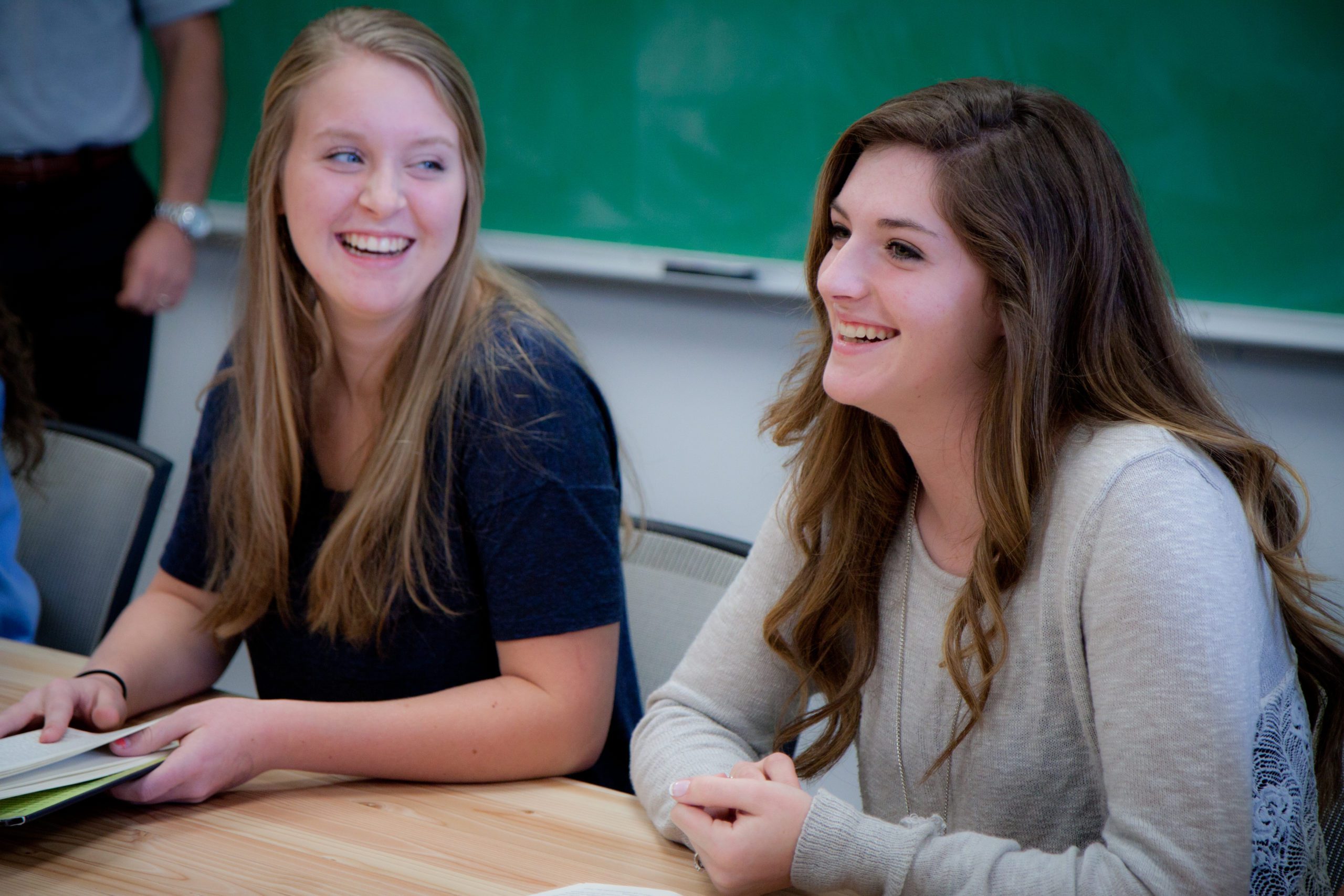
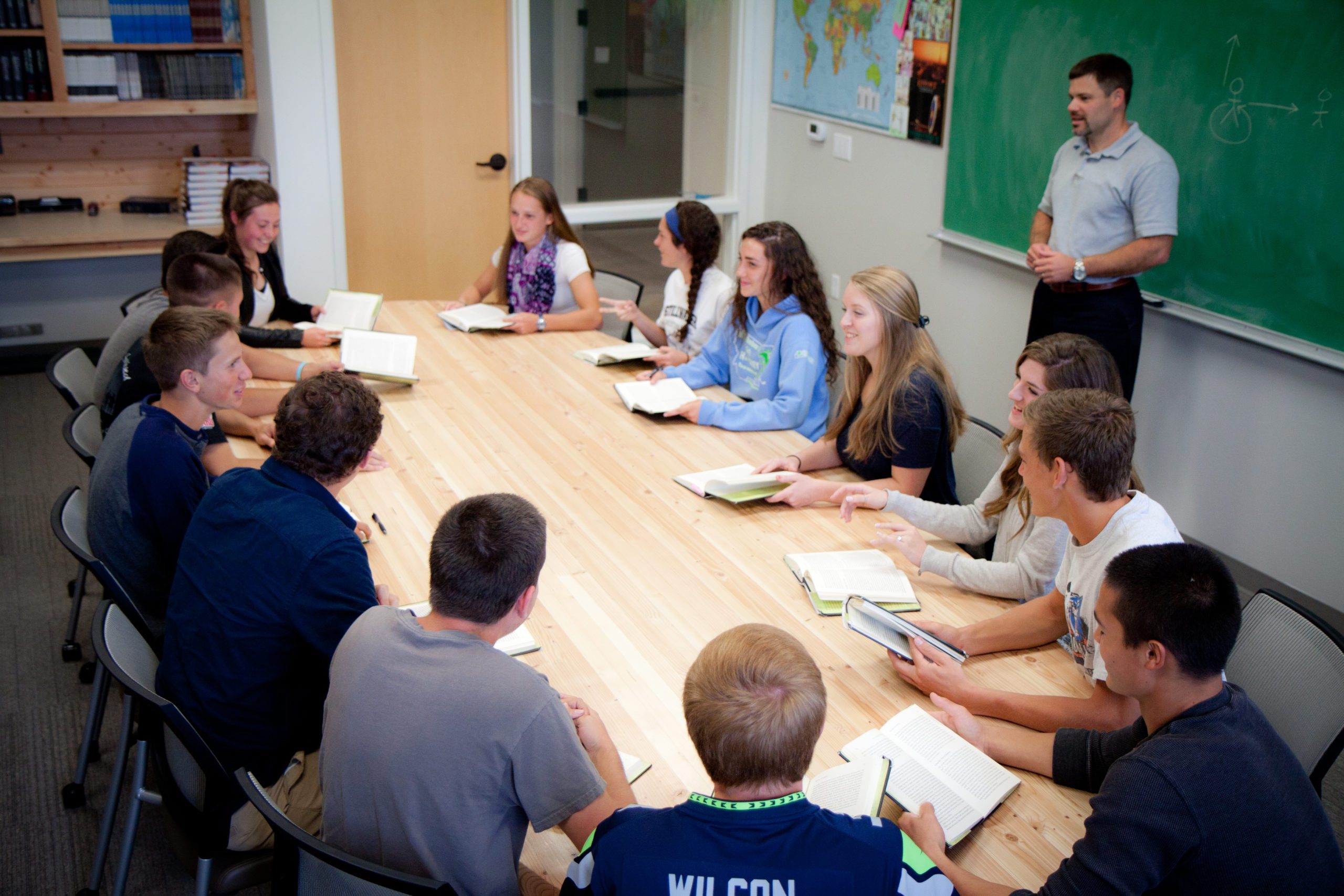
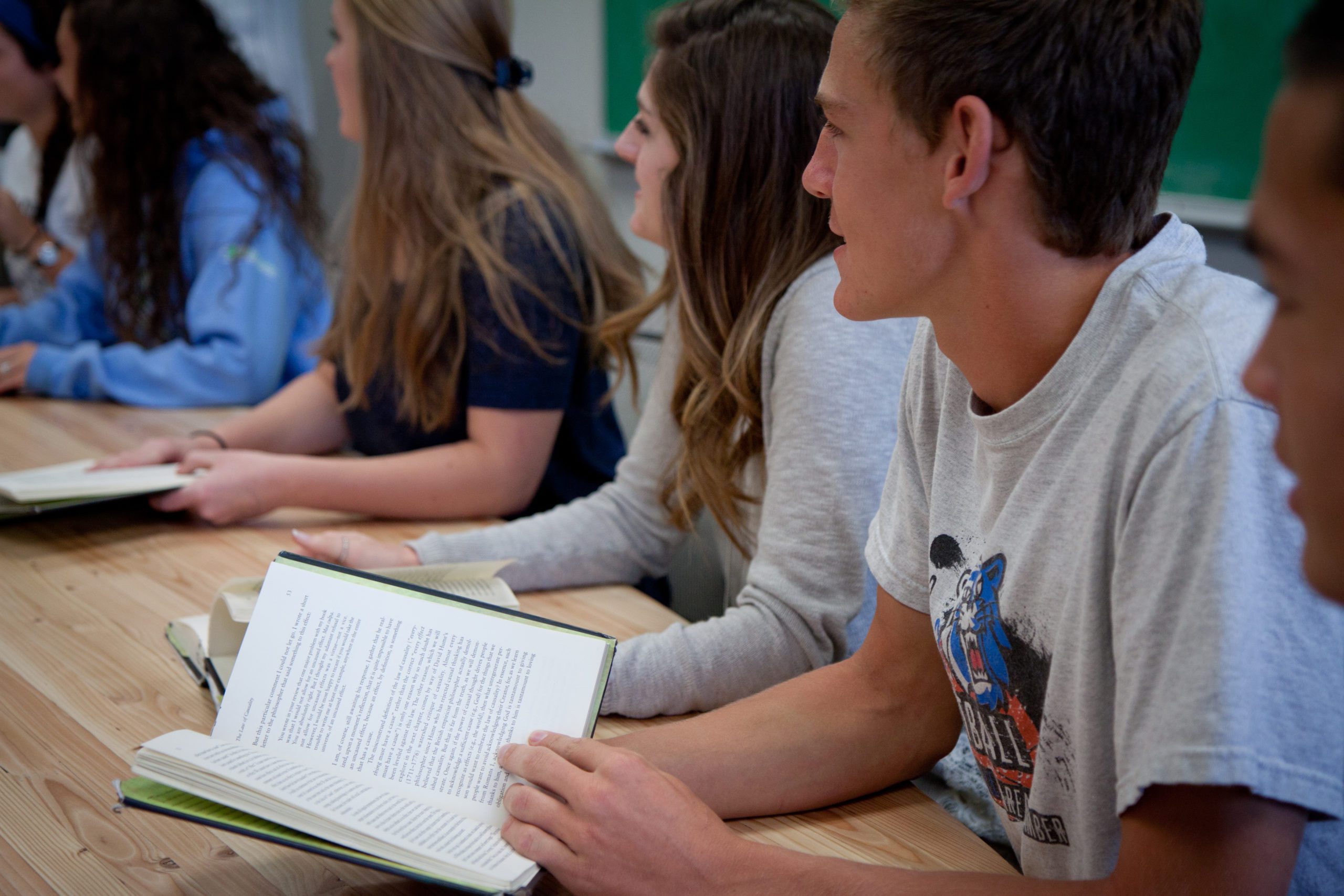
Harkness
Origin and Name
The table is named after American philanthropist Edward Harkness (d.1940), whose educational vision included the use of tables instead of rows of desks to encourage student interaction. Many educators use the name Harkness to refer to the discussion method employed.
How it Works
- Students sit around a table
- Students look at one another, rather than sitting in rows looking at the teacher
- Discussions focus on the analysis of a reading assignment
- All students must participate, therefore all students must prepare
- Teachers may join the discussions to help direct it, to make concluding comments, or to make sure that the students' collaborative efforts are related directly to the larger course content
Benefits
- Students understand ideas and how they relate to life best when they are required to process and explain these ideas themselves
- Students learn to articulate ideas and make connections through discussion
- Besides teaching particular content, Harkness teaches civility
- Students patiently listen to one another, affirm each other, and disagree in a charitable manner
- Students sit up in their chairs and look each other in the eye, confidently but cooperatively stating their views, skills that are increasingly rare in society today
- Formal conversation teaches students to communicate better in an informal setting
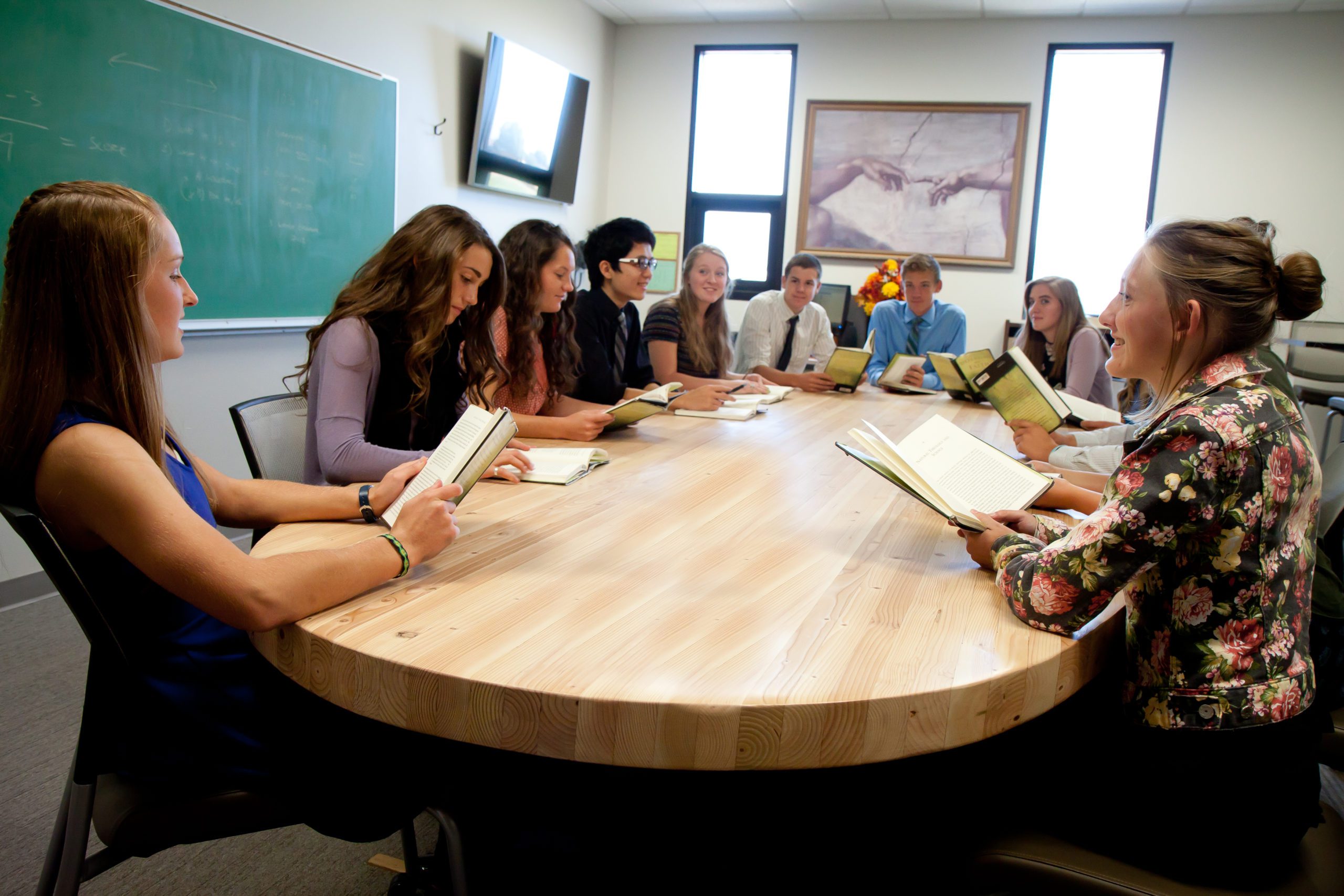
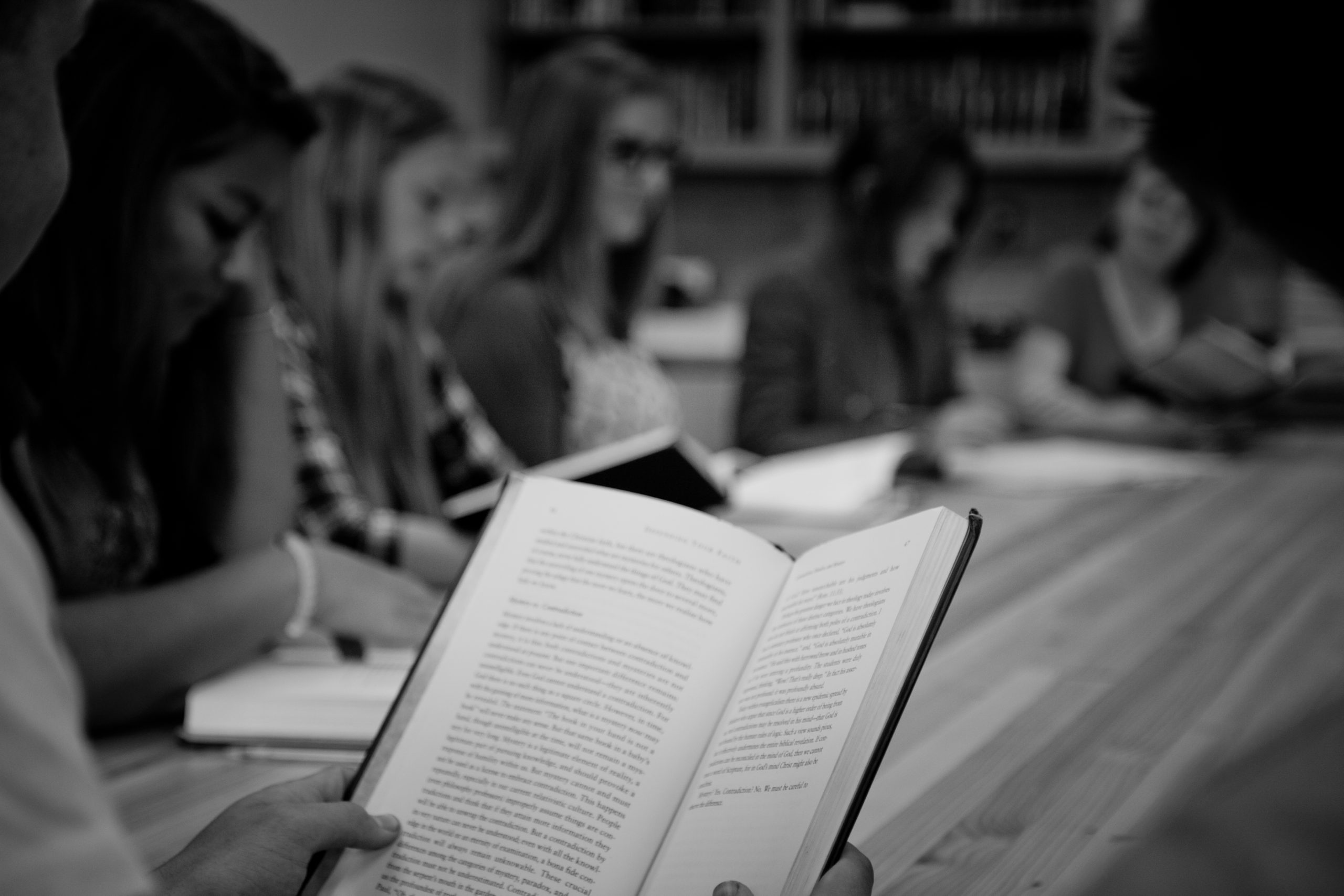
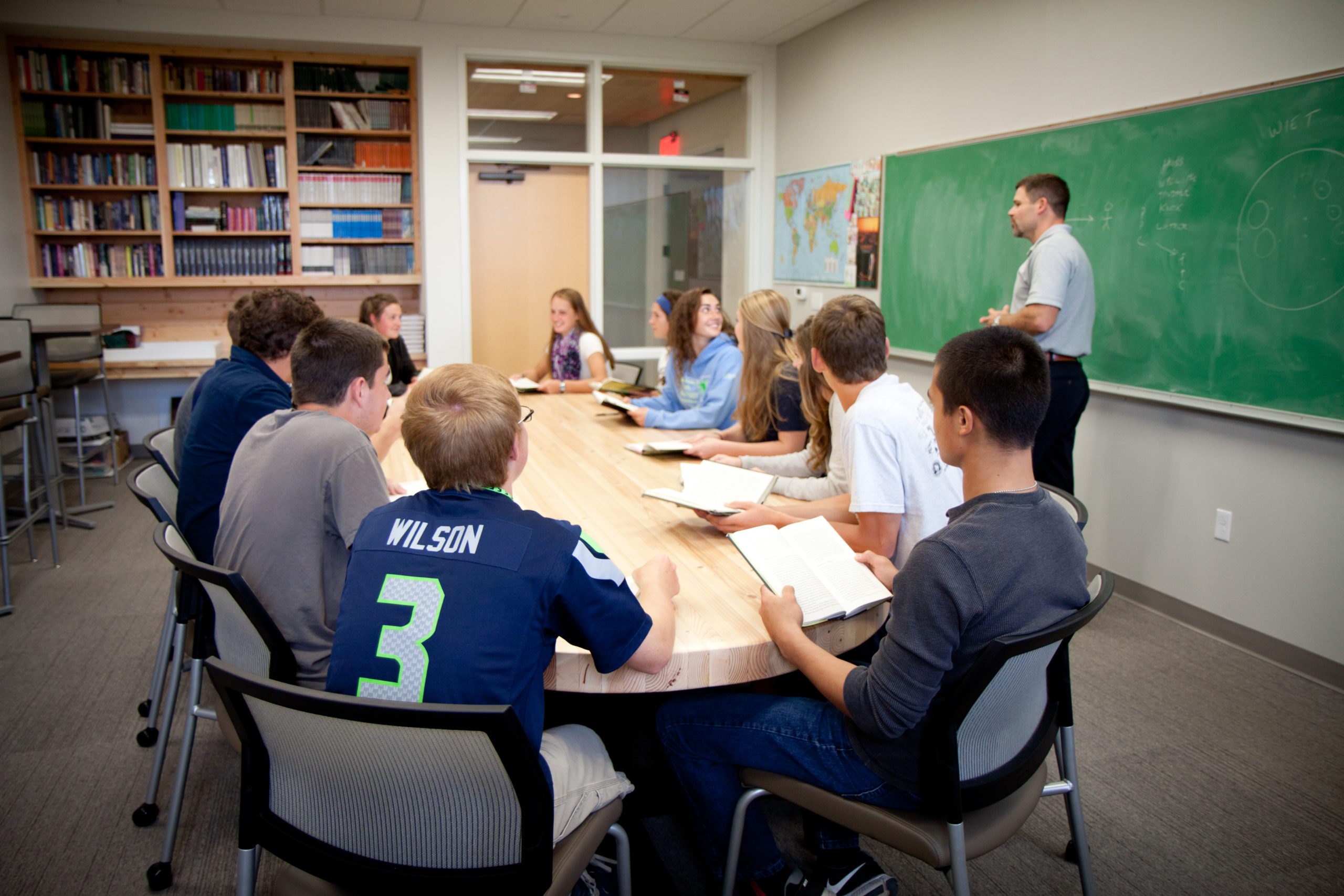

Senior Thesis
The capstone of our curriculum is the senior thesis experience. During this endeavor, students meet one-on-one with a thesis advisor throughout the school year to bring all that they’ve learned in reading, writing, and persuasive communication, to focus on one issue that is important to them. Students present and defend their work before a peer and faculty panel, and their work is expected to reflect critical thinking skills, extensive research, and the ability to communicate clearly and effectively.

